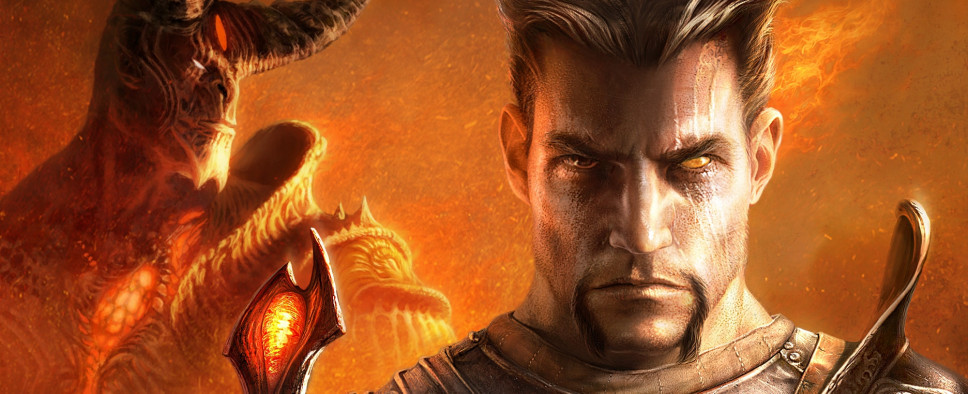Dark Messiah of Might and Magic Retrospective
-
Category: News ArchiveHits: 1887

Given the success of the original Dishonored and the impending release of Dishonored 2, the editors at Bit-tech have returned to Arkane Studios' roots by cranking out a two-page retrospective for the studio's second major release, Dark Messiah of Might and Magic. I can't say I was too enamored with the game when it launched in 2006, but it's still interesting to take in another person's perspective a decade later:
It’s not a realistic representation of sword-fighting by any means, although video game sword-fighting never is. But it is a superb interpretation of cinematic swashbuckling. And that’s where Dark Messiah’s heart truly lies. Not as a fantasy RPG, but as a swashbuckling simulator. It’s not about an authentic portrayal of melee combat; it’s about leaping onto a dining table and throwing the dinner plates into your opponent’s face, about planting your boot on his chest and sending him tumbling off a 300-foot cliff. If Dark Messiah had been a game about pirates or, say, the Three Musketeers, I think the industry in general would remember it far more fondly.
Yet even with the questionable licensing choice, Dark Messiah pulls off its action hijinks spectacularly. The world is designed like an interactive film-set from an Errol Flynn movie. The environments are filled with wooden barrels desperate to be thrown at your opponents, rickety-rope bridges that yearn to be destroyed, spiral staircases that exist purely to have ragdoll-enabled bodies tumble down them, and conveniently placed spike traps that are just dying to get up close and personal with your enemies. Even the game’s magic system is designed around physicality, with spells like telekinesis and charm allowing you to manipulate both enemies and the environment. By far my favourite, however, is the ice-spell, which not only lets you freeze opponents, but create a slippery surface that will cause enemies to tumble into whatever lies in front of them – be it a spike trap, a fire-pit, or a sheer drop.

